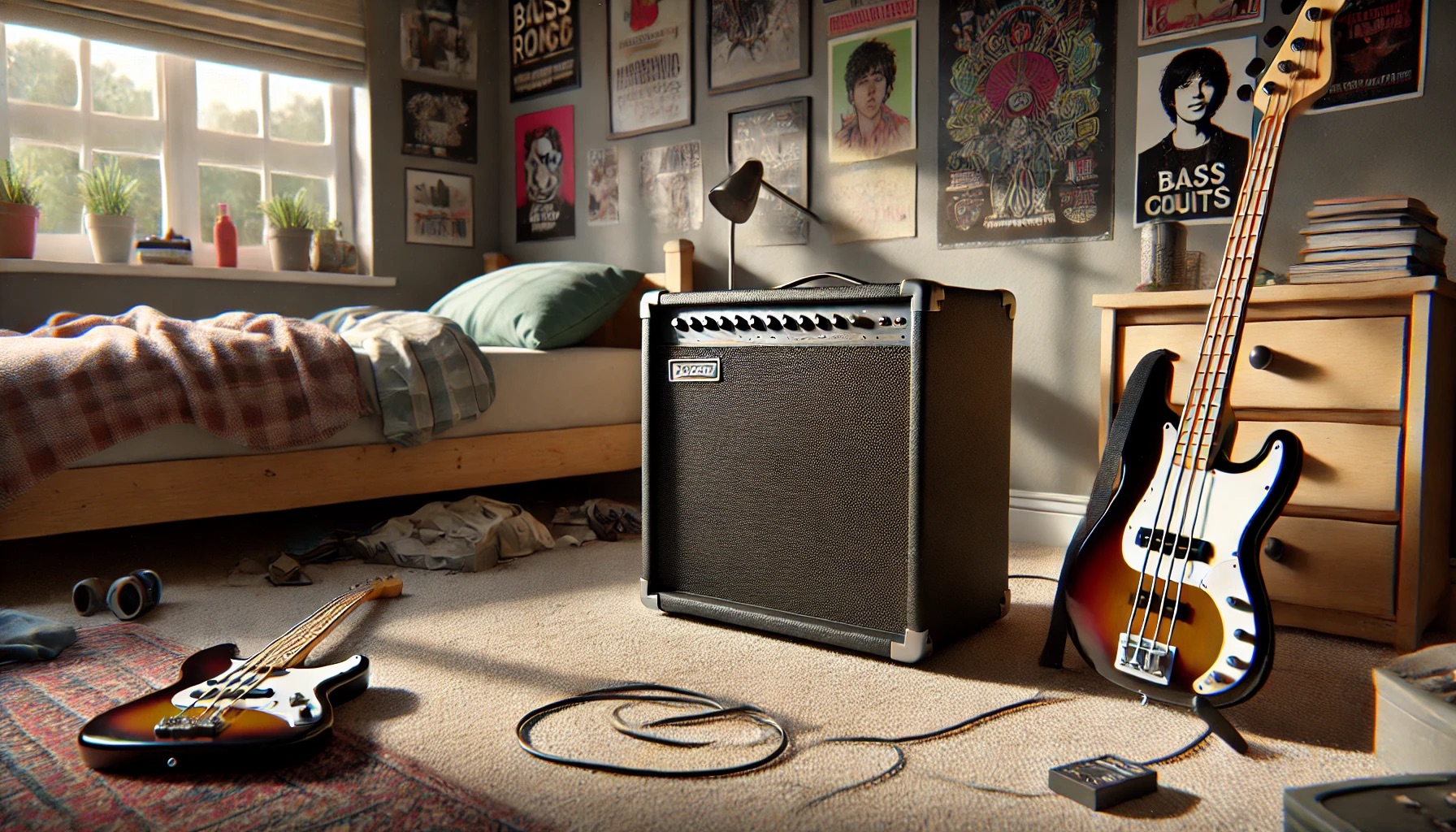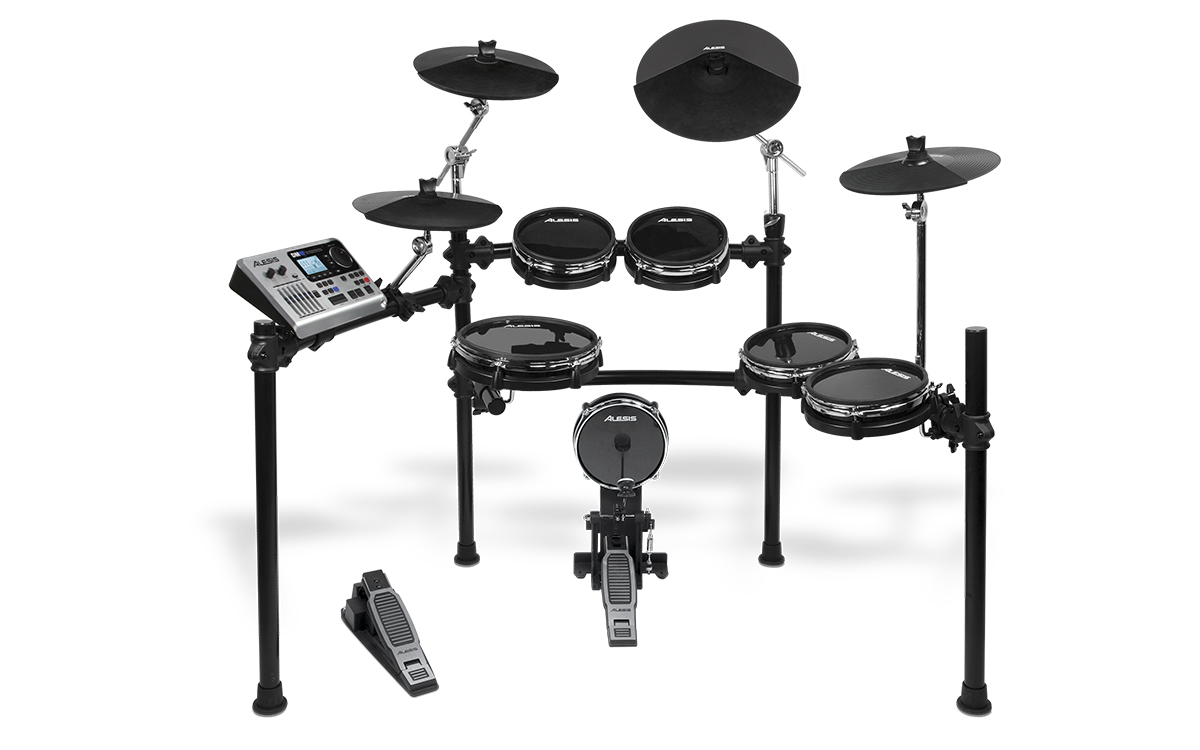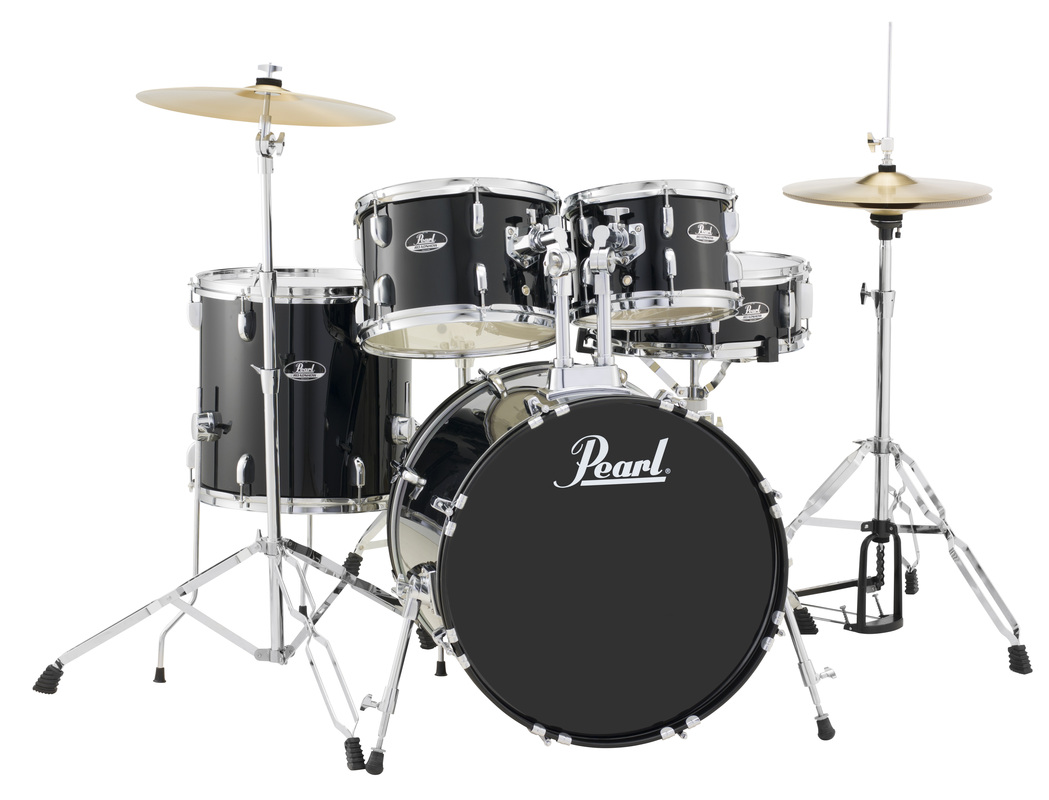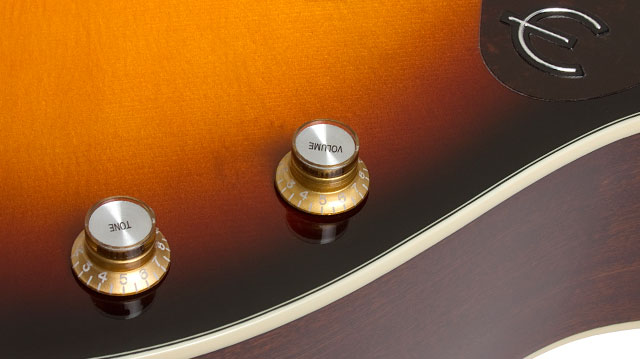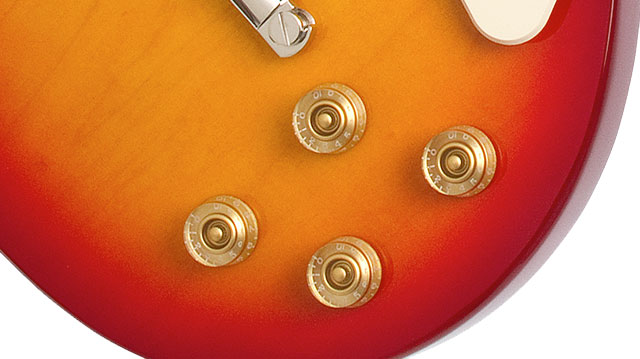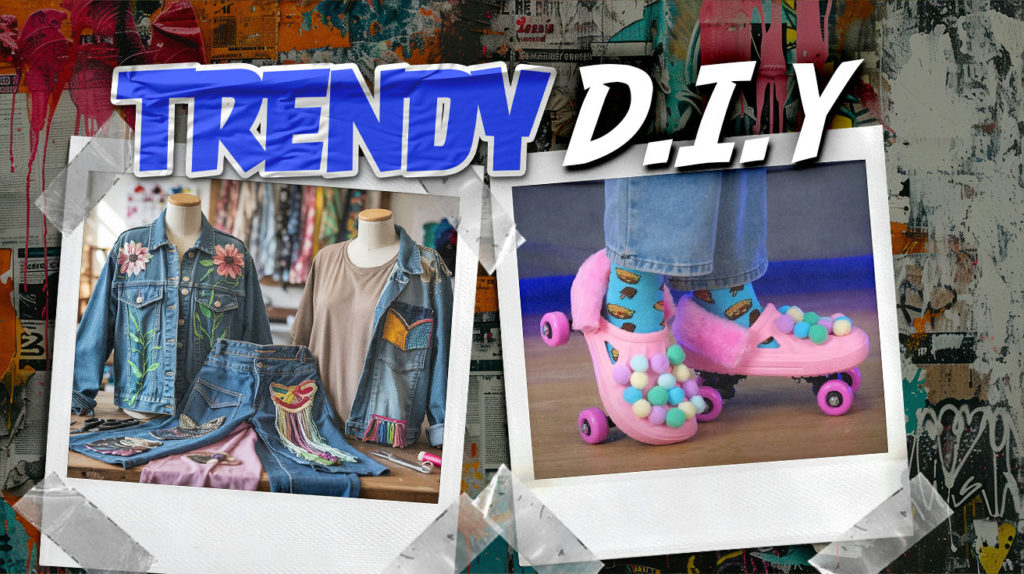
Fast fashion’s grip on our closets has many of us stuck with identical polyester while our bank accounts suffer. The industry wants you believing personalization means paying triple for a monogrammed tag, when the real revolution is happening in bedrooms where young creators transform $20 basics into standout pieces. This isn’t just about looking different—it’s a response to an industry that’s convinced us creativity requires a fortune. Major designers now scramble to replicate DIY aesthetics because they recognize what’s happening: fashion democratization through hands that refuse to pay luxury prices for what they can create themselves.
Dazzling Denim Decoupage

Those jeans gathering dust in your drawer aren’t failures—they’re untapped canvases waiting for resurrection. Denim decoupage brings discarded textiles back to life through a technique that’s surprisingly simple, requiring only fabric scissors, Mod Podge, and clear acrylic spray—tools that cost less than that overpriced latte at fashion week.
Cut your denim into varied shapes between half an inch and two inches—uniformity feels mass-produced, while irregularity speaks to handcrafted authenticity. Apply adhesive and arrange pieces with intentional randomness that would impress even high-fashion designers. This two-hour project transforms forgettable $30 sneakers into conversation pieces that signal your refusal to be another fashion statistic. Maintenance requires only spot cleaning with a damp cloth—less effort than navigating a crowded sale rack. While fashion conglomerates adopt sustainability language to market more products, your repurposed denim actually keeps textiles from landfills, turning waste into wearable art that carries both environmental and style credentials.
Painted Stencil Statement
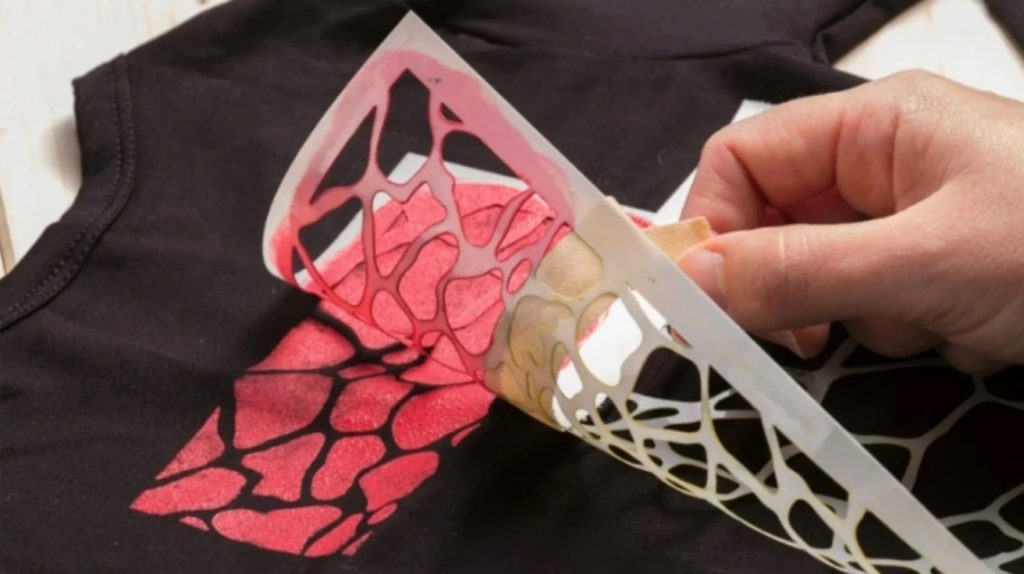
The blank canvas of a plain white tee represents everything that needs fixing in contemporary fashion: a foundation waiting for someone else’s creativity to justify markup prices. Stenciling turns this dynamic around, putting design power back in your hands. Tulip and Jacquard fabric paints deliver impressive color-fastness that withstands multiple washes when properly applied.
The technique requires washing and ironing first—a preparatory step often skipped in mass production. Secure your stencil with tape for clean edges, then apply paint with restraint—the beginner mistake is always using too much. Remove stencils while paint remains slightly wet for the cleanest lines and let dry completely before wearing. This 24-hour transformation process (including drying time) results in distinctive pieces that turn everyday environments into personal showcases. When someone inevitably asks where you found that shirt, your answer becomes both accomplishment and subtle commentary on consumer culture—exactly where meaningful fashion statements have always existed.
Bohemian Beaded Accents
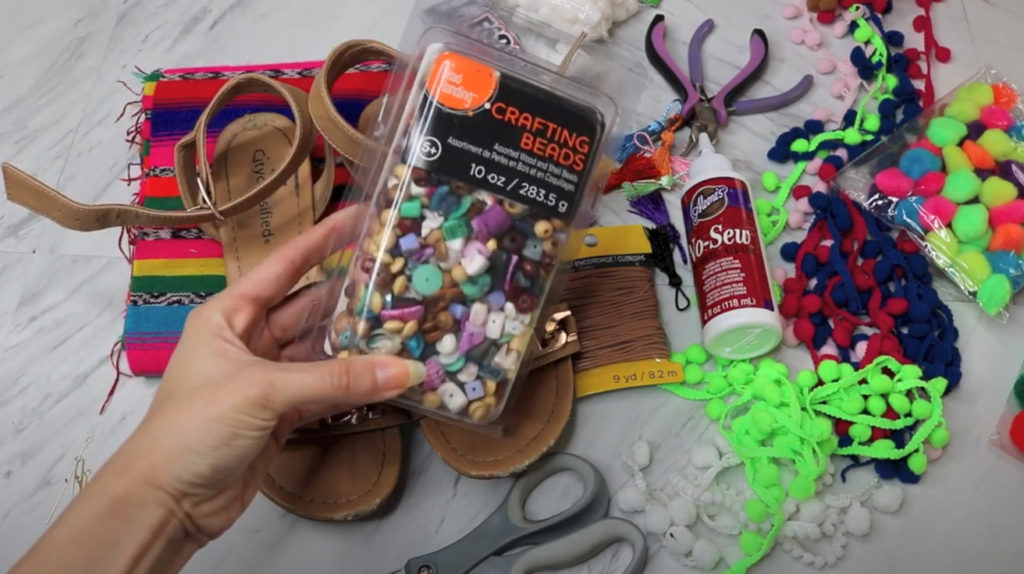
The commercialization of “boho” style has stripped much of its original individuality. Beaded footwear customization restores personal expression to an aesthetic that’s become increasingly homogenized. This technique requires lightweight beads, upholstery thread, and E6000 glue—materials costing less than the convenience fees on most online purchases.
The approach is straightforward: thread beads in patterns that reflect personal taste—try size gradients or color transitions for visual interest. Apply your creations to areas with minimal friction on shoes to maximize durability. This sixty-minute project elevates basic $40 footwear to boutique standards that would command significantly higher prices in specialty shops. The resulting shoes don’t just reference bohemian aesthetics—they authentically embody the movement’s original spirit of rejecting mass production while celebrating individual craftsmanship and creative expression.
Personalized Patch Pizazz
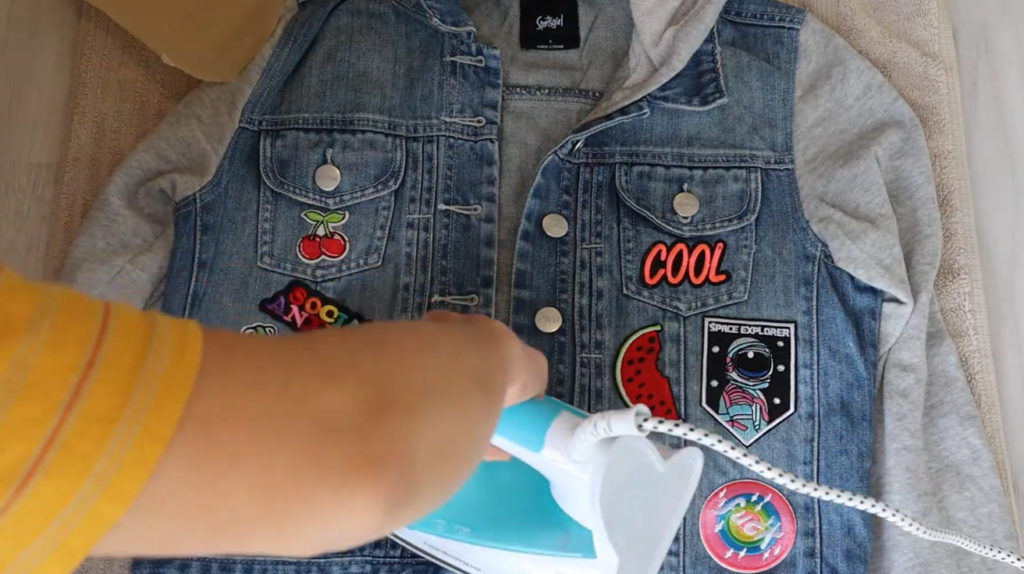
The empty spaces on denim jackets and canvas bags represent prime real estate for visual storytelling through well-chosen patches. This customization technique isn’t new, but its role in creating distinctive personal style feels increasingly important in an era of algorithm-determined trends. Look for patches with glossy backing—the difference between temporary decoration and lasting transformation.
Position patches on denim, cotton, or canvas—fabrics that accept these embellishments particularly well. The thirty-second press of iron to cloth creates enduring statements that withstand both changing trends and washing machines. For enhanced longevity rivaling professional customization, stitch around edges after ironing—a small time investment that dramatically increases durability. This approach transforms generic garments into visual biographies that document your journey through cultural touchpoints. While fashion retailers charge premium prices for pre-embellished items with manufactured histories, your customized pieces develop genuine narratives through wear and experience—storytelling capacity that no marketing campaign could ever duplicate.














